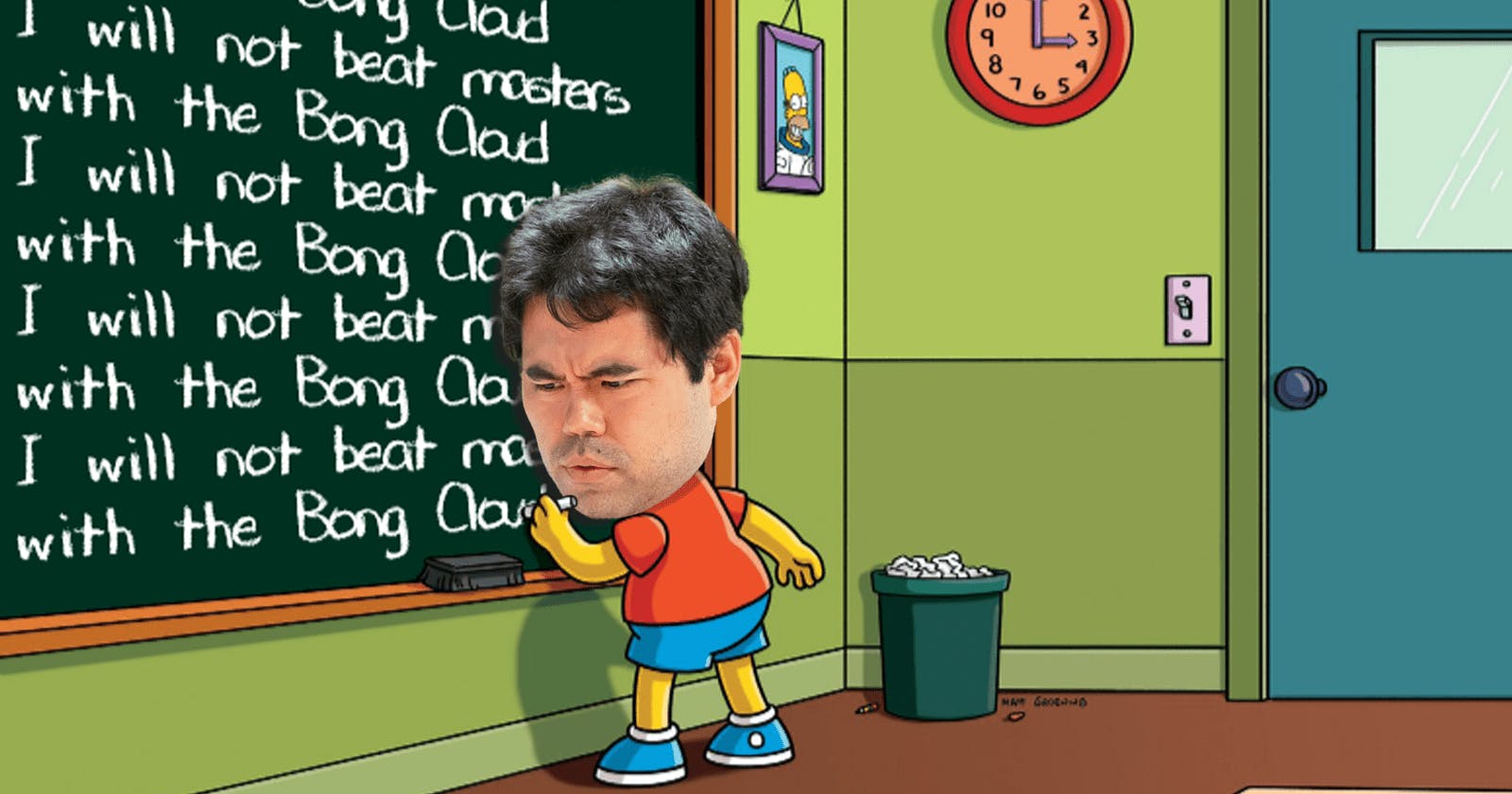Many chess players are stuck at 1400-1800 Elo. It seems like they are doing everything correctly, playing chess, studying Grandmasters’ books, and solving tactics, but the rating just does not grow. Sounds familiar? In this article, we will talk about the 7 most common mistakes that under-1800-rated players make and ruin their results.
What does it mean to have 1400-1800 elo? It means that a person already has a somewhat sound understanding of the game, doesn’t blunder very often and can spot simple threats. Players of that level know how to checkmate with two rooks, how to promote a pawn, how to avoid typical mating schemes and also how to play certain opening lines. In other words, they know the fundamentals, but it is still not enough to move to the next level.
Of course, 1800-rated players can do these things much better than 1400-rated ones. But, the idea is the same; they still blunder, miss tactics and make easy-to-avoid positional mistakes.
Chess Mistake for Under 1800 Elo No.2:
Missing Threats
This is the most common mistake for players rated 1200-1600. The cause of this mistake is simply the lack of experience and poor visualization of typical chess patterns. Oftentimes, chess players of this level can “miss” an opponent’s piece, or the fact that the piece is attacking or defending another piece. That’s how most blunders happen.
Many techniques help to cure blunders of this kind. One technique that I especially recommend is called the check/capture/attack method. The idea is to identify all possible checks, captures and attacking moves (threats) for both sides before making the move try to play any of those forcing moves. Application of this method after every move will decrease your blunder rate.
Chess Mistake for Under 1800 Elo No.2 :
Under-development
Chess players know that the point of chess opening is the development of the pieces. However, many under-1800-rated players do not use time in the opening wisely allowing their opponent to develop first and gain the initiative.
Keep in mind that the key to any opening is to develop your knights, and bishops, connect the rooks, to castle, putting the king into safety. Don’t waste your valuable opening time making unnecessary moves, pointless checks, or moving the same pawn or piece multiple times.
Remember, quick and efficient development will save you from a lot of trouble!
Ready to start systematic training that actually works?
Chess Mistake for Under 1800 Elo No.3:
Minor Pieces Dilemma
Most under 1800-rated chess players think that the bishop’s value is equal to the knight’s and equal to three pawns’. Many very strong chess players including Bobby Fischer believe that the bishop is oftentimes a superior piece. For example, a bishop can lock up the knight on the side of an empty board preventing it from making any moves without being captured. A knight can never do the same to a bishop. A queen can trap a knight on the empty board, but can never trap a bishop. The bishop can protect or attack the pawns on opposite sides of the board. A knight cannot do that.
Fischer claimed that the bishop is valued at 3.25 pawns vs. just 3 pawns for the knight!
Don’t exchange the bishop for a knight unless there is a very good reason for that. If you’re in doubt always save the bishop.
Chess Mistake for Under 1800 Elo No.4:
Pawn Chain Choice
There is a very famous rule introduced by Capablanca that states if you have a light-squared bishop, you should position your pawns on opposite color squares, otherwise you risk immobilizing your bishop. If you have a dark-squared bishop, the opposite is true, and you should position your pawns on light squares.
There are many misunderstandings about this rule. Some weaker chess players contrary to this rule prefer to position their pawn chain on the colors matching the bishop to be able to protect the pawns. Don’t make that mistake and always position your pawns on colors opposite to your bishop!
Chess Mistake for Under 1800 Elo No.5:
Exchanges
Have you ever seen a position in a Grandmaster’s chess when two bishops or pawns are attacking each other and neither side wants to capture first? That’s a very common idea in high-level chess.
Oftentimes, whoever captures first will give up something in terms of compensation, activity, positioning of the pieces, etc.
In such positions under the 1800 level players usually capture immediately, to simplify the position and to make things easier to understand. It is a good habit not to do that. You should evaluate the position and figure out how this capture can be beneficial for improving your position.
Chess Mistake for Under 1800 Elo No.6:
Two-Step Thinking
When your piece is under attack, most players have a simple two-step algorithm: move the piece away from danger or capture the attacking piece. However, stronger players also evaluate another very important option which is to create a more dangerous threat for your opponent.
This is the most effective and aggressive response that you can implement. Instead of losing time, and moving your pieces away to passive positions, you create a reciprocal threat.
Give this a try to this approach in your next game!
Chess Mistake for Under 1800 Elo No.7:
Easy win-or-draw approach
All chess players start the game with a specific outcome in mind. Frequently they hope for an easy win or a quick draw. Not many players start the game hoping for a 120-move struggle. The most important advice I can give you is to take your time and don’t rush things. Many players lose because of small things like passive pieces, inferior pawn structure, lack of activity, etc. Take your time, keep focus for the whole game and you will succeed!
If you want to improve your chess level, you need to have a clear study plan. If you aim for a dramatic improvement at chess you need to work on all of the elements of the game in a systematic way:
tactics
positional play
attacking skills
endgame technique
classical games analysis
psychological preparation
and much more

